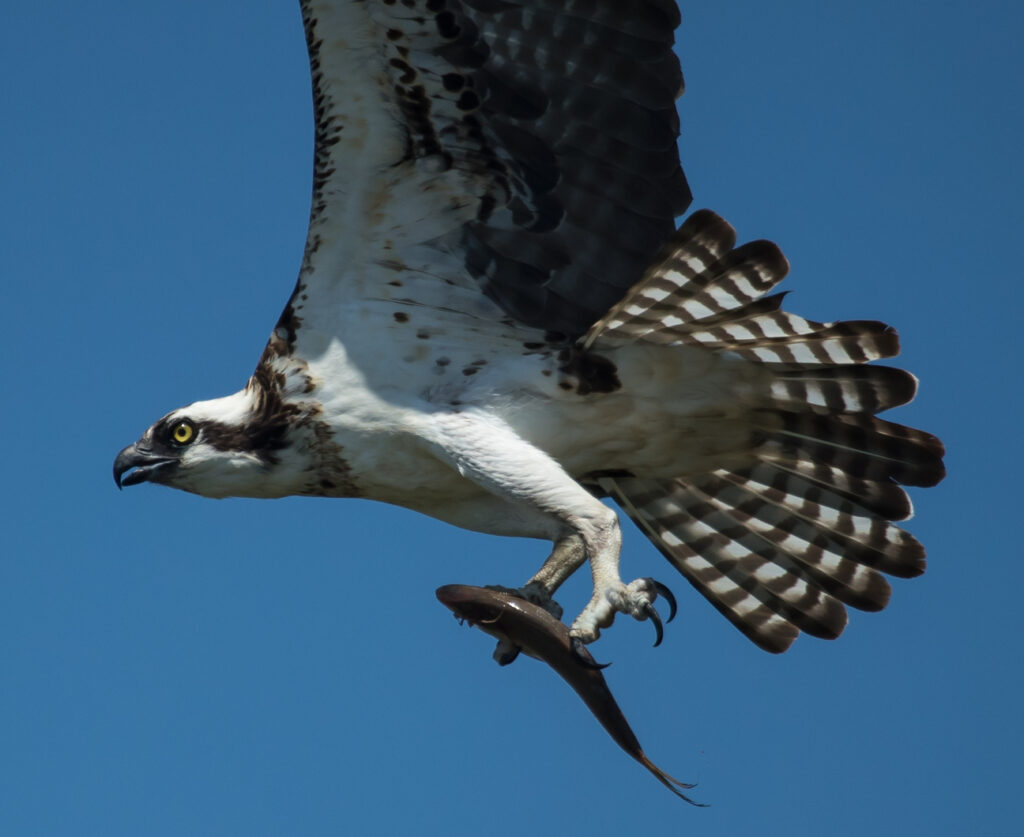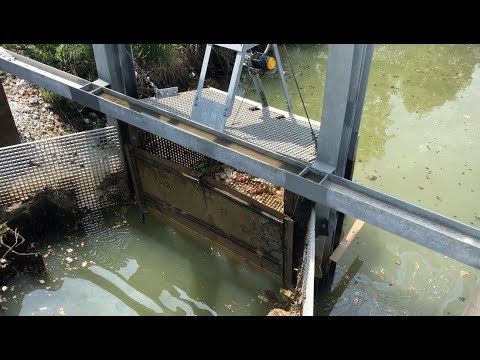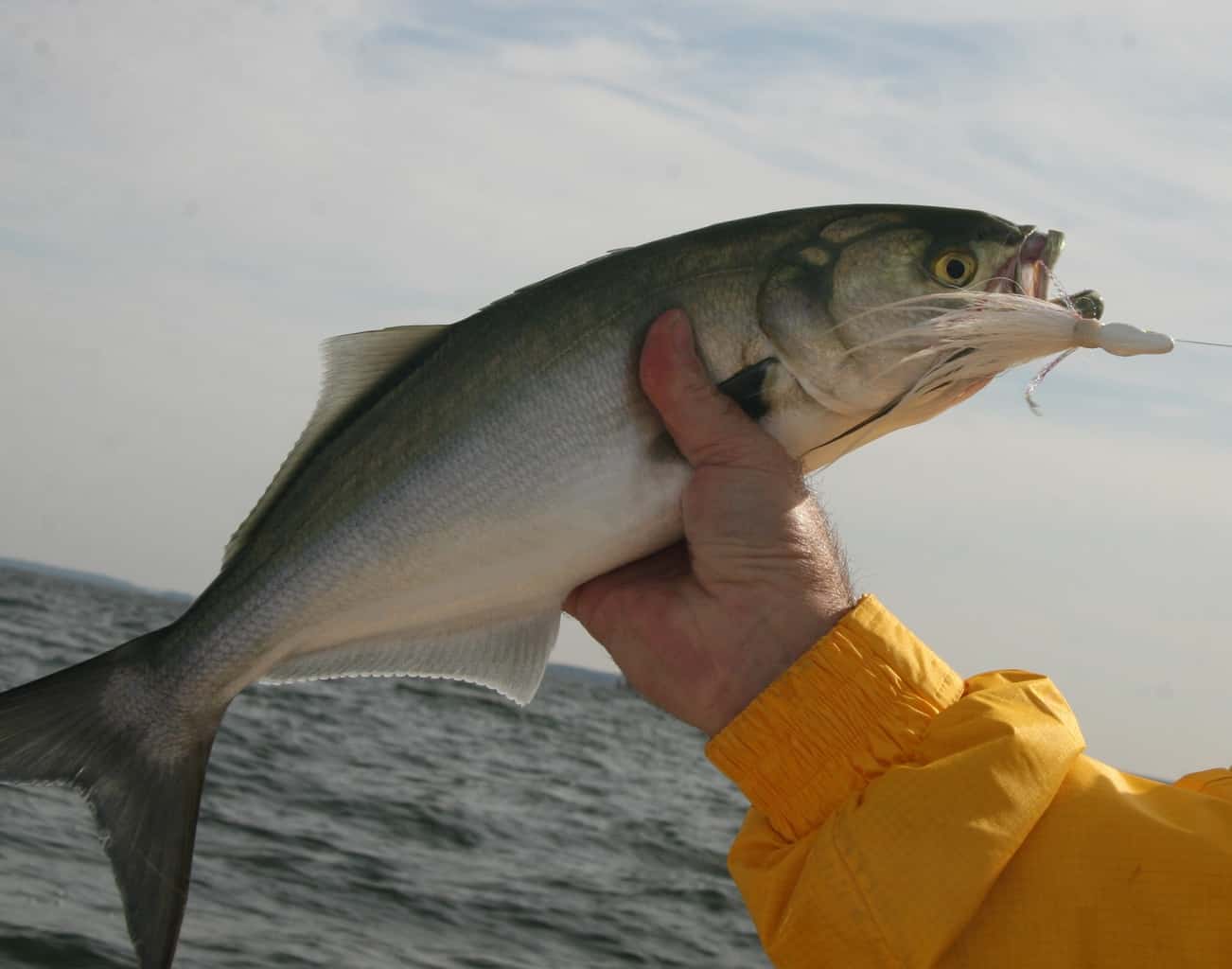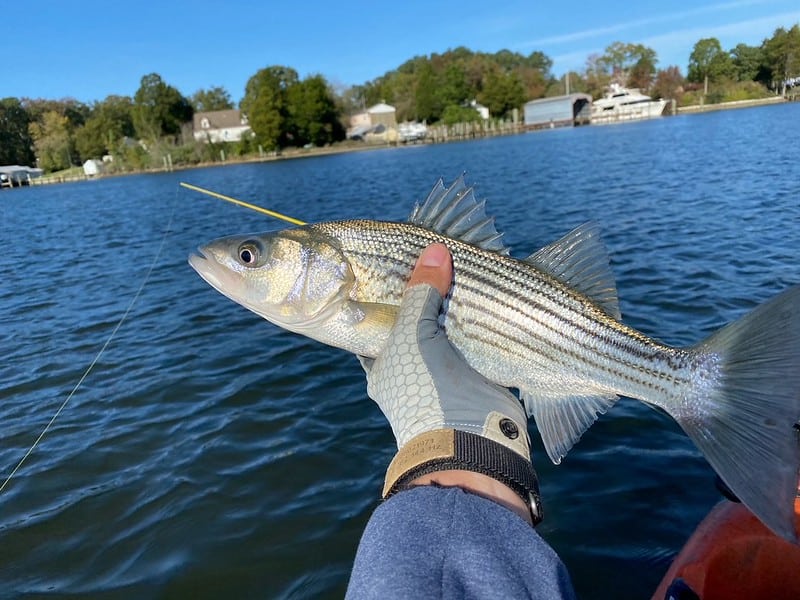Ospreys are treasured on the Chesapeake Bay as a harbinger of spring. They arrive to nest and raise their young for half the year, then make the great migration (2,500 to 5,000 miles long!) to the coastal and inland waters of South America for the other half of the year.
But ospreys nesting in the main stem of the Chesapeake Bay appear to be in trouble, as breeding pairs are coming up short in successfully raising chicks. In a newly released study based on fresh 2024 research, The Center for Conservation Biology finds the reason is grim: osprey chicks are dying of starvation due to lack of food.
One year ago, the College of William and Mary’s Center for Conservation Biology revealed alarming numbers from three high-salinity areas of the lower Chesapeake: Mobjack Bay (Ware River, North River, and East River), the lower York River, and the Lynnhaven River. Of 167 nests, only 17 were successful. A total of 21 osprey chicks survived. That’s only 30 percent of the chicks needed for the osprey population to break even.
Center Director Bryan Watts and graduate student Michael H. Academia’s past research showed compelling evidence that the devastating numbers were linked to a lack of availability of menhaden, the ospreys’ main food source in the lower Chesapeake.
The Center for Conservation Biology expanded their research in 2024, this time studying ten higher-salinity areas (where salinity exceeds 10 parts per thousand) to dig further into the possible menhaden-osprey chick link.
The 2024 study areas included the Lynnhaven, Elizabeth, Poquoson, York, and Piankatank rivers, along with Mobjack Bay, Fleets Bay and Eastern Shore bayside in Virginia. Two Maryland areas were also studied–the Patuxent River and Harris Creek at the mouth of the Choptank River (monitored by USGS).
Breeding pairs were monitored throughout the nesting season (March-August) to see how successful and productive their nests were. Researchers also included two tidal freshwater study areas on upper Bay tributaries for comparison—the upper James and Rappahannock rivers. In those areas, ospreys rely on different fish for food (like catfish and gizzard shad). In all, the Center compiled data on 571 osprey pairs.
In the tidal freshwater tributaries, osprey couples were relatively successful in raising their young.
In the high-salinity areas, researchers found large numbers of pairs that never laid a clutch of eggs this season. The osprey pairs remained throughout the nesting season, but no eggs were documented. Watts says the most likely explanation is that females did not reach the nutritional content required for their bodies to produce eggs. “This is the first time this behavior has been documented on a large scale within the Chesapeake,” the study notes.
Even sadder, researchers say that during nest visits they observed chicks being lost due to starvation. They saw clear evidence of food deficit in the presence of “asymmetric broods”—osprey nests where the young ospreys grow and develop at totally different rates. It happens when not enough food is delivered to the chicks and there is too much competition for food, so a hierarchy of dominance forms among the chicks. Like the runt of the litter, a small, underdeveloped osprey is boxed out by a dominant sibling, who grows and thrives. Often, the underdeveloped sibling doesn’t survive.
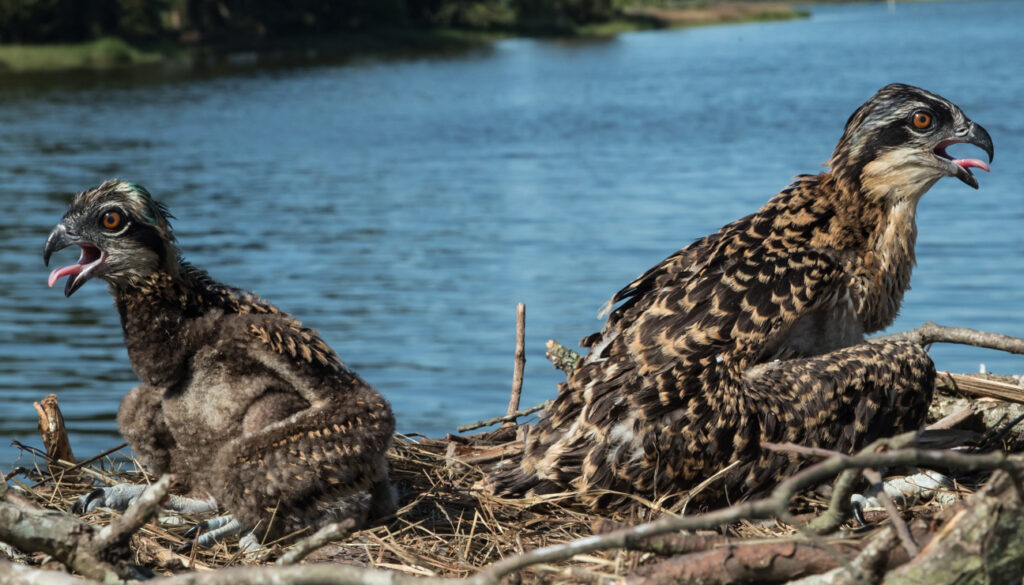
This asymmetric brood in a lower Chesapeake Bay nest shows two siblings, noticeably different in size, with the smaller young being 50% the mass of the larger. A third chick had already died. Photo: Bryan Watts
During this season’s monitoring, cameras were mounted on some nests within all the study areas to track and quantify the ospreys’ specific diet and determine the cause of nest failure. The hard data on those cameras is still being compiled.
Based on their grim observations at a range of Bay sites, the study’s authors conclude that the poor reproduction seen in last year’s study is not restricted to just Mobjack Bay. It is widespread throughout the Chesapeake main stem and thousands of nesting pairs may be impacted.
They say it remains to be seen whether the osprey population will see a broad-scale decline and whether the Bay’s osprey abundance as a whole is sustainable. Of course, lack of available menhaden aren’t the only factor that contributes to brood health in osprey nests. Contaminants, weather events and predators can all lead to nest failure.
The Chesapeake Bay Foundation reacted to the study by calling for more research on possible menhaden depletion in the Bay. Menhaden are harvested in the lower Bay for industrial use by Omega Protein and their fishing contractor, Ocean Harvesters. Omega maintains there is no research to show their fishing activity is wiping out the Bay’s menhaden population.
But the ongoing osprey research is causing coastwide fishery managers to take a closer look. The Atlantic States Marine Fisheries Commission recently voted to form a workgroup to consider additional restrictions on the industrial harvest of menhaden, following a presentation of survey results showing low osprey nesting success.
Chesapeake Bay Foundation Virginia Executive Director Chris Moore says we need answers about the impact of industrial fishing on menhaden. In a statement, he writes, “We must follow a precautionary, ecosystem-based approach to setting limits on the menhaden fishery. That approach must include the study of the industrial fishing impacts to the Bay, as well as considering seasonal fishing closures from the Atlantic States Marine Fisheries Commission.”

